When my mother made stuffed cabbage, called holishkes in Yiddish, it signaled a special event or a holiday. This feeling has stayed with me since, and—until this day—cooking this meal puts me in a celebratory mood. The bed of ingredients and the roll with the meat and rice plus the added seasonings make it just too moist and tasty. It is time-consuming to make but so delicious. I always make too much. I usually give some to neighbors or, better yet, freeze for a meal in the future.
Over the years, I have embellished my mother’s original recipe with V8 juice and Heinz Chili Sauce. Of course, when I was a child, all of the ingredients were fresh and homemade. Now I use some canned items like tomato paste. However, when it comes to the sauerkraut, I always make and ferment it myself. You can also buy organic sauerkraut in health-food stores or grocery stores.
Recipes and photos courtesy of Honey Cake & Latkes, Auschwitz Birkenau Memorial Foundation 2022, read the full review of the cookbook here.
Did you know that it’s always a good idea to speak words of wisdom at a meal? This helps to elevate the activity from a solely physical one to a transcendent one. Get more Jewish food thoughts here.
Ingredients
- 1 medium green cabbage
- 1 large onion half minced and half thinly sliced
- 1 pound ground beef
- ½ cup dried white rice
- 1 large egg lightly beaten
- 2 ½ cups chicken stock
- 1 teaspoon freshly groundblack pepper
- 1 pound fresh sauerkraut not canned, slightly drained
- ¼ cup tomato paste
- 28- ounce can crushed tomatoes
Nutritional Facts
Instructions
- Preheat the oven to 350°F (for a faster bake) or 200°F (for a slower simmer).
- Use a sharp knife to cut out the central hard core of the cabbage. In a large pot, bring 6 quarts water to a boil over high heat. Carefully drop the biggest outer leaves of the cabbage into the boiling water. Boil until the leaves are soft. After 2 minutes, remove the leaves to a large platter to cool.
- Shred the remainder of the cabbage and set aside.
- Sauté the minced onion until tender. In a large bowl, combine the sautéed onion, beef, rice, egg, ½ cup of the chicken stock, and pepper. Set aside.
- In a second large bowl, toss the shredded cabbage, sliced onion, and sauerkraut.
- In a third large bowl, whisk the tomato paste and the crushed tomatoes with the remaining 2 cups stock.
- On the bottom of a 6-quart casserole dish or Dutch oven, spread half of the sauerkraut mixture to make a bed for the cabbage rolls. Evenly spoon half of the tomato mixture over the sauerkraut mixture.
- To stuff the cabbage, place a cabbage leaf in front of you with the stem end facing down and away from you. Place a scoop of the meat and rice mixture in the middle of the leaf. Fold the bottom (stem end) of the leaf down toward the top of the leaf, then fold the right side inward and over toward the left. Fold down the top of the leaf and push the left edge inside to create a pocket. You want the package to have some space in it for the rice to swell as it cooks. Place the roll seam side down into the prepared casserole dish or Dutch oven. Repeat until you have stuffed all the cabbage leaves and filled the dish with one layer of stuffed cabbage. Spread the remaining sauerkraut mixture and the remaining tomato mixture on top.
- Bake until the sauce is bubbling, about 30 minutes. Cover the baking dish with foil or place the lid on the Dutch oven and continue cooking for 5 hours at 350°F or 8 hours at 200°F.
Notes
Photo credit: Ellen Silverman for Auschwitz-Birkenau Memorial Foundation






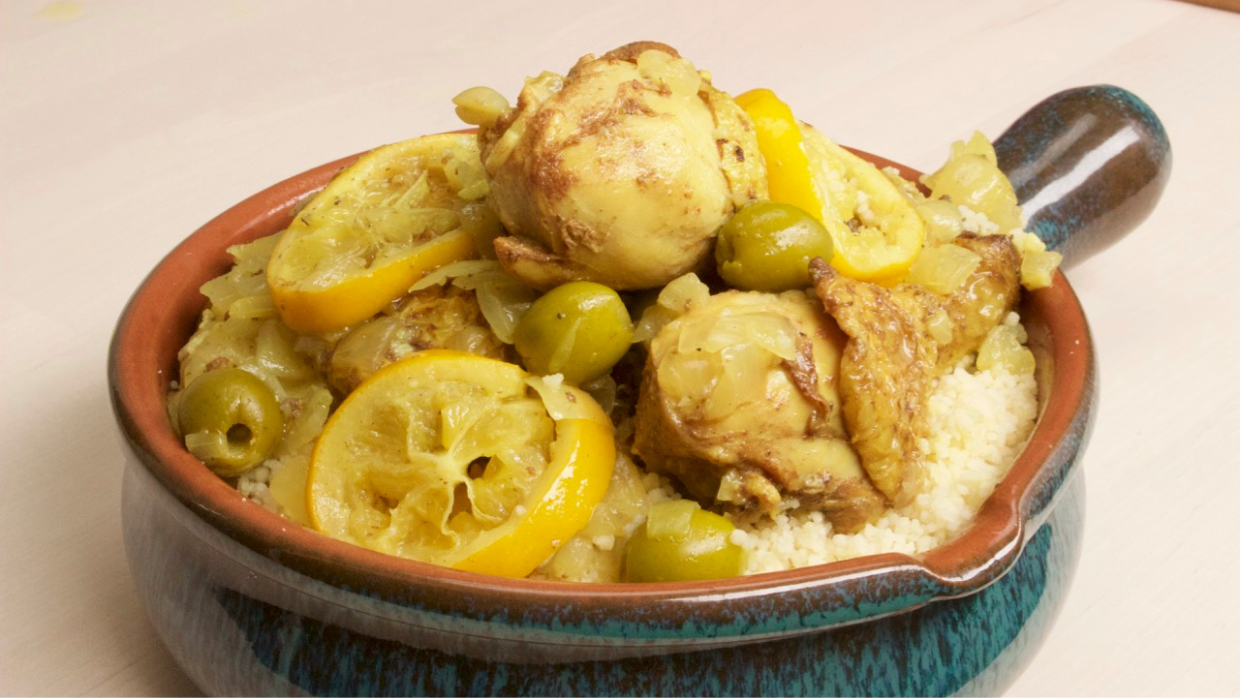
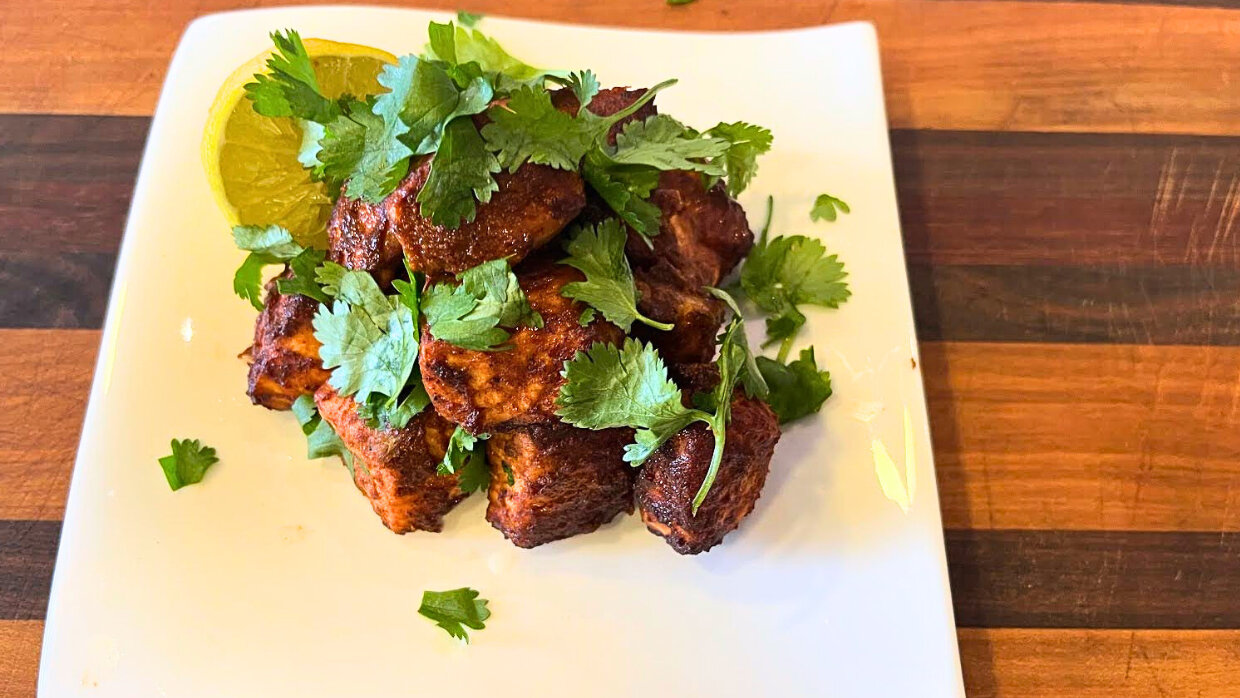

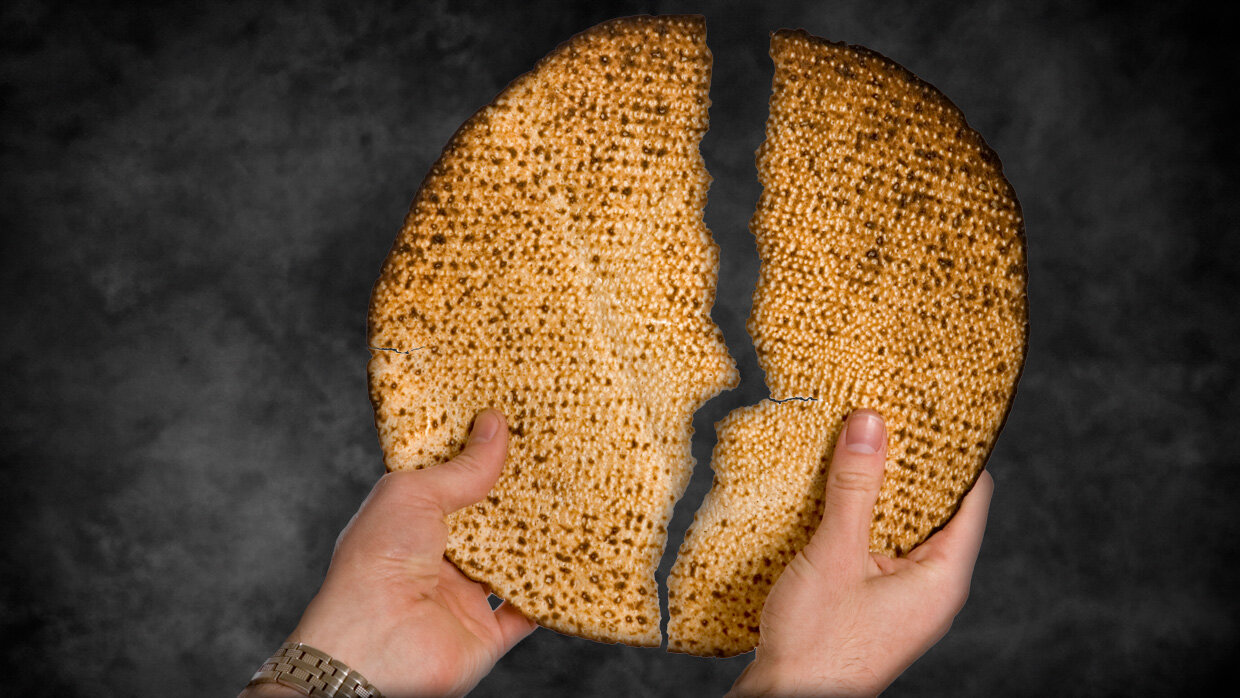



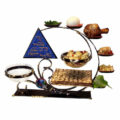


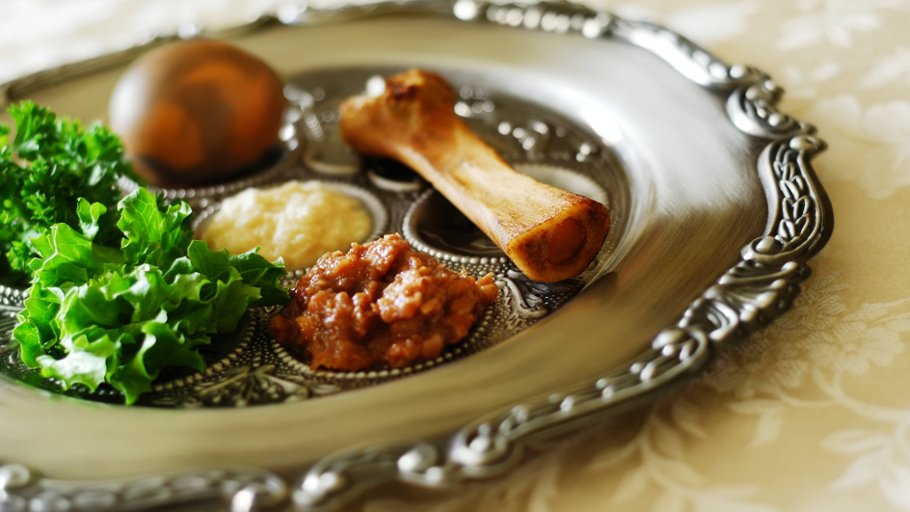

I found the folding description confusing. It would have been better with step by step pictures to follow or a short video. Also it seems like very little liquid for such a long cook time, although I might be mistaken. Also, what’s wrong with canned sauerkraut if that’s all that’s available???
Hi I've been making stuffed cabbage rolls for close to 60 years and I never once put in any kind of sauerkraut. I have no idea what country this is from, but I don't understand it either.
Hungarian